In considering cat ownership, understanding the potential cost of declawing is crucial. Beyond financial aspects, the decision involves ethical and health considerations.
Let’s delve into these factors and explore alternatives that prioritize feline well-being and harmonious coexistence.
How Much Does It Cost to Declaw a Cat?
The cost of declawing varies, typically ranging from $200 to $500. Younger cats, undergoing the procedure during spaying or neutering, tend to incur lower expenses.
Older cats require more intricate surgery due to increased weight and larger blood vessels, leading to extended procedures and heightened post-operative care.
Why Should You Declaw Your Cat?
Declawing a cat is a decision that warrants careful consideration, as it involves both advantages and disadvantages that can impact your feline companion’s well-being and overall quality of life.
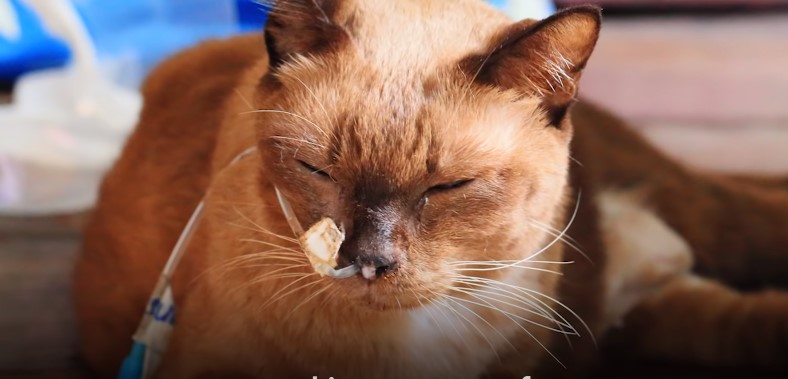
While the practice of declawing has generated significant debate, it’s important to examine both sides of the issue before deciding on your pet.
The Potential Benefits of Declawing
Protecting Furniture and Belongings
One of the primary reasons cat owners consider declawing is to prevent their feline friends from scratching furniture, belongings, and surfaces around the house. By removing a cat’s claws, the potential for damage is significantly reduced, leading to fewer instances of shredded upholstery or scratched wood.
Managing Allergies and Infections
Some individuals may opt for declawing due to allergies or immunocompromised conditions. Scratches from cats can introduce allergens and bacteria into the skin, leading to potential infections.
Declawing can mitigate the risk of these issues, benefiting both the cat owner and the cat itself.
The Considerations and Concerns
Pain and Discomfort
Declawing is not a simple cosmetic procedure; it involves amputation of the last bone of each toe. This surgical process can cause significant pain and discomfort for the cat during the recovery period.
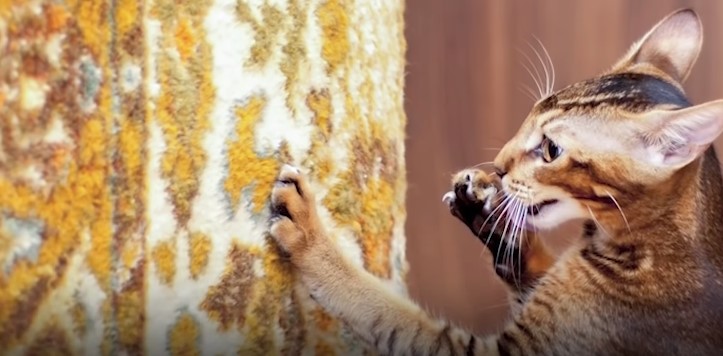
Post-operative pain management becomes crucial, raising concerns about the cat’s overall well-being.
Altered Natural Behavior
Cats use their claws for various purposes, including grooming, stretching, and defending themselves. Declawing can alter their natural behavior, potentially leading to psychological and physical discomfort.
The inability to scratch and mark territory might cause stress and behavioral changes in the long term.
Safety Implications
Cats rely on their claws for defense against potential threats. Without this means of protection, declawed cats might feel vulnerable and unable to escape dangerous situations. This could potentially put them at a higher risk of injury or even negatively impact their ability to interact with other animals.
Making an Informed Decision
Before deciding whether to declaw your cat, it’s essential to consult with a veterinarian and explore alternative options to manage scratching behavior. Scratching posts, nail trims, and soft nail caps are potential alternatives that allow your cat to engage in natural behaviors while protecting your home.

If you choose to proceed with declawing, ensure that the procedure is performed by a skilled and compassionate veterinary professional who prioritizes the cat’s comfort and well-being throughout the process.
Factors Affecting the Cost of Declawing a Cat
The cost of declawing a cat can vary significantly based on a range of factors that contribute to the complexity of the procedure and the subsequent care required.
Understanding these variables can help cat owners make informed decisions while considering the financial and ethical aspects of the process.
Cat’s Age and Size
The age and size of the cat play a pivotal role in determining the cost of declawing. Younger cats with smaller paws might require less extensive surgery and anesthesia, resulting in a lower overall cost.
Conversely, older and larger cats often have more developed claws, thicker blood vessels, and potentially increased surgical time, contributing to a higher expense.
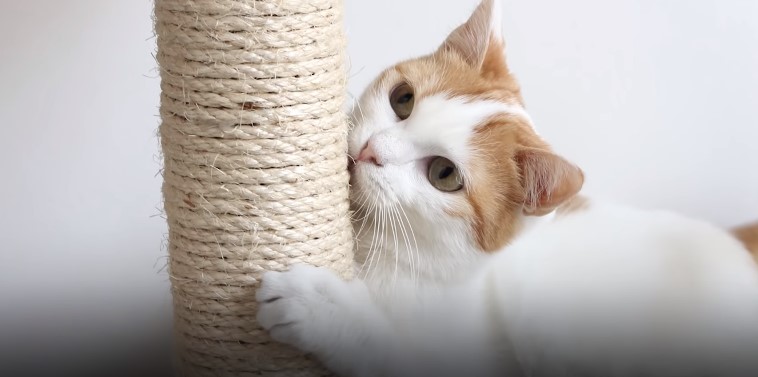
Type of Anesthesia
The type of anesthesia administered during the procedure can impact the cost. General anesthesia, which involves a higher level of monitoring and potential risks, might increase the overall expense compared to local anesthesia.
Choosing the appropriate anesthesia method depends on the cat’s health and the veterinarian’s recommendation.
Surgical Technique
Different techniques can be employed for declawing, each with varying levels of complexity. Traditional declawing involves amputating the last bone of each toe, while newer techniques focus on preserving more of the toe’s structure.
The latter might require additional expertise and equipment, influencing the cost of the procedure.
Post-Operative Care and Pain Management
The care required after the declawing procedure can also impact the cost.
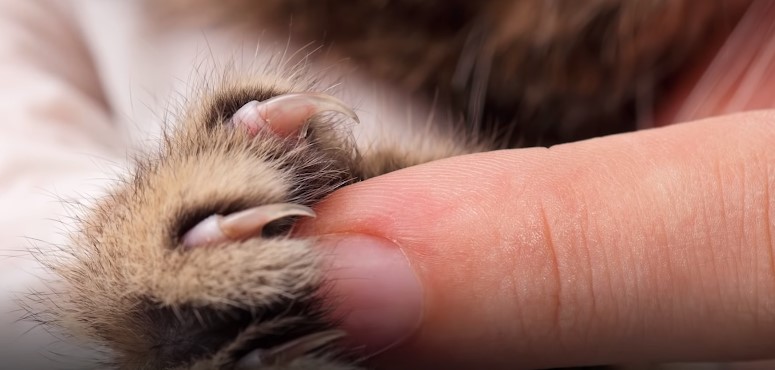
Comprehensive post-operative care, including pain management, bandaging, and monitoring for complications, contributes to the overall expense. Adequate pain relief is essential to ensure the cat’s comfort during recovery.
Veterinary Expertise and Location
The experience and reputation of the veterinarian performing the procedure can influence the cost. Highly skilled and specialized veterinarians might charge more for their expertise. Additionally, the geographical location of the veterinary clinic can play a role, as prices tend to vary based on the local cost of living and market demand.
Additional Services and Facilities
Some veterinary clinics might bundle declawing with other services, such as spaying or neutering, which can affect the overall cost. Additionally, the quality of the clinic’s facilities, equipment, and post-operative care services can contribute to the price variation.
Pre-Procedure Examinations and Tests
A thorough pre-procedure examination and any necessary tests, such as blood work or X-rays, can impact the cost. These assessments ensure that the cat is fit for the surgery and help identify any underlying health concerns that might affect the procedure.
What Other Alternatives You Can Try?
When considering how to address unwanted scratching behavior in cats, it’s essential to explore alternatives that safeguard their instincts and overall health. Cat owners have several humane options to choose from that can help manage scratching tendencies while promoting a harmonious environment for both the cat and their human companions.
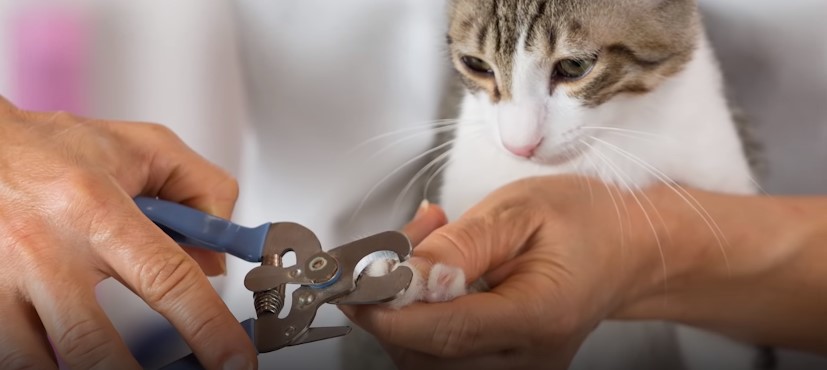
Scratching Posts and Pads
Providing cats with suitable scratching posts and pads offers a productive outlet for their scratching behavior. These surfaces fulfill their need to scratch, stretch, and mark territory. Offering a variety of textures and materials can cater to individual preferences and minimize the urge to scratch furniture.
Nail Trimming
Regular nail trimming can effectively blunt the tips of a cat’s claws, reducing the potential for damage while retaining the ability to engage in natural behaviors. It’s important to learn the proper technique for nail trimming to ensure a safe and stress-free experience for both the cat and the owner.
Soft Nail Caps
Soft nail caps, often made of soft rubber or silicone, can be placed over a cat’s claws to stop them from causing damage. The caps are safe, and painless, and come in various sizes and colors.
They are an effective option for protecting furniture and belongings without altering the cat’s behavior.
Training and Positive Reinforcement
Training cats to use scratching posts and rewarding them for desired behaviors can be a successful approach. Positive reinforcement, such as treats and praise, helps redirect their scratching tendencies to appropriate surfaces. Consistency and patience are key when implementing this technique.
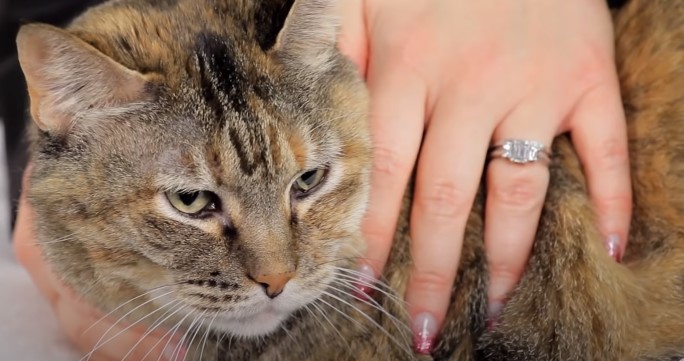
Feliway and Cat Furniture
Feliway, a synthetic pheromone product, can create a calming environment and discourage unwanted scratching. Cat furniture, such as climbing trees and condos, offers cats opportunities for play, exploration, and scratching while keeping them engaged and satisfied.
Environmental Enrichment
Cats often scratch out of boredom or stress. Enriching their environment with interactive toys, puzzles, and opportunities for mental and physical stimulation can alleviate these underlying causes of scratching behavior.
Consulting a Veterinarian or Behaviorist
If scratching behavior becomes a persistent issue, seeking guidance from a veterinarian or animal behaviorist is recommended. They can assess the underlying causes, provide personalized strategies, and address any potential medical concerns.
How Do You Train a Cat Not to Scratch?
Training a cat not to scratch involves redirecting its natural behavior to appropriate surfaces. Start by providing sturdy scratching posts and pads in various textures. Place these near areas the cat likes to scratch.
When you catch the cat scratching your furniture pieces, gently guide them to the post and encourage them to scratch there using a toy or your fingers. Reward them with treats and praise for using the post.
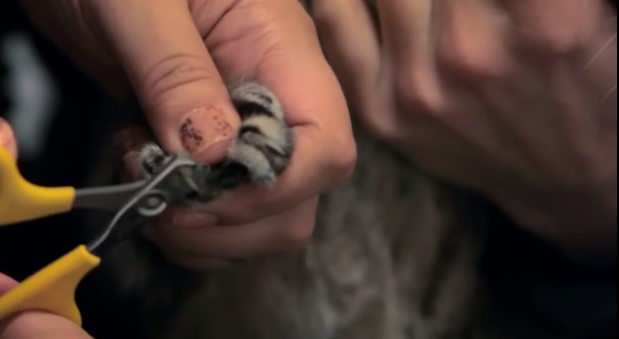
Consistency is vital; discourage scratching on furniture every time and reinforce positive behavior [1]. Consider using soft nail caps, regular nail trims, and engaging toys to keep them occupied.
Patience and positive reinforcement will help the cat learn to scratch where it’s allowed while fostering a scratch-friendly environment.
Will Your Cat Feel Pain?
Your cat will likely experience pain after being declawed. Declawing involves amputation of the last bone of each toe, and the recovery process can be uncomfortable. Cats may show signs of pain such as limping, reluctance to walk, and sensitivity in their paws.
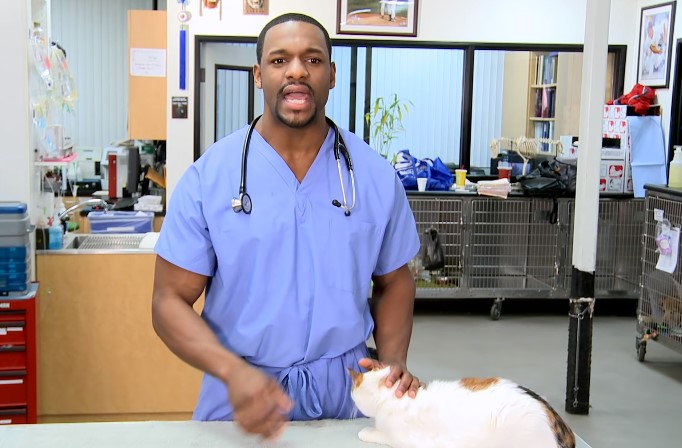
Adequate pain management is crucial during the recovery period, and pain medications prescribed by a veterinarian can help alleviate discomfort. It’s essential to consider the ethical implications and explore alternative options that prioritize your cat’s well-being and natural behaviors.
Conclusion
Considering the cost of declawing a cat extends beyond finances. Ethical concerns and potential impacts on the cat’s physical and behavioral well-being should guide decisions.
Exploring alternatives that preserve the cat’s natural behaviors and quality of life is essential for responsible pet ownership.

